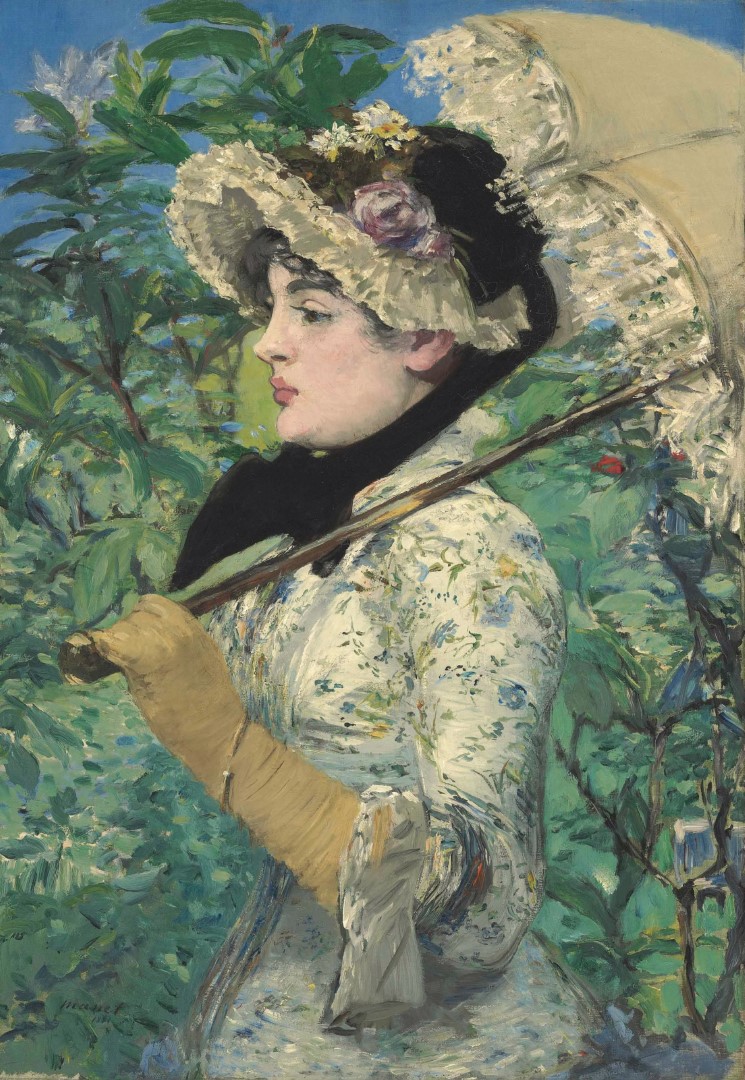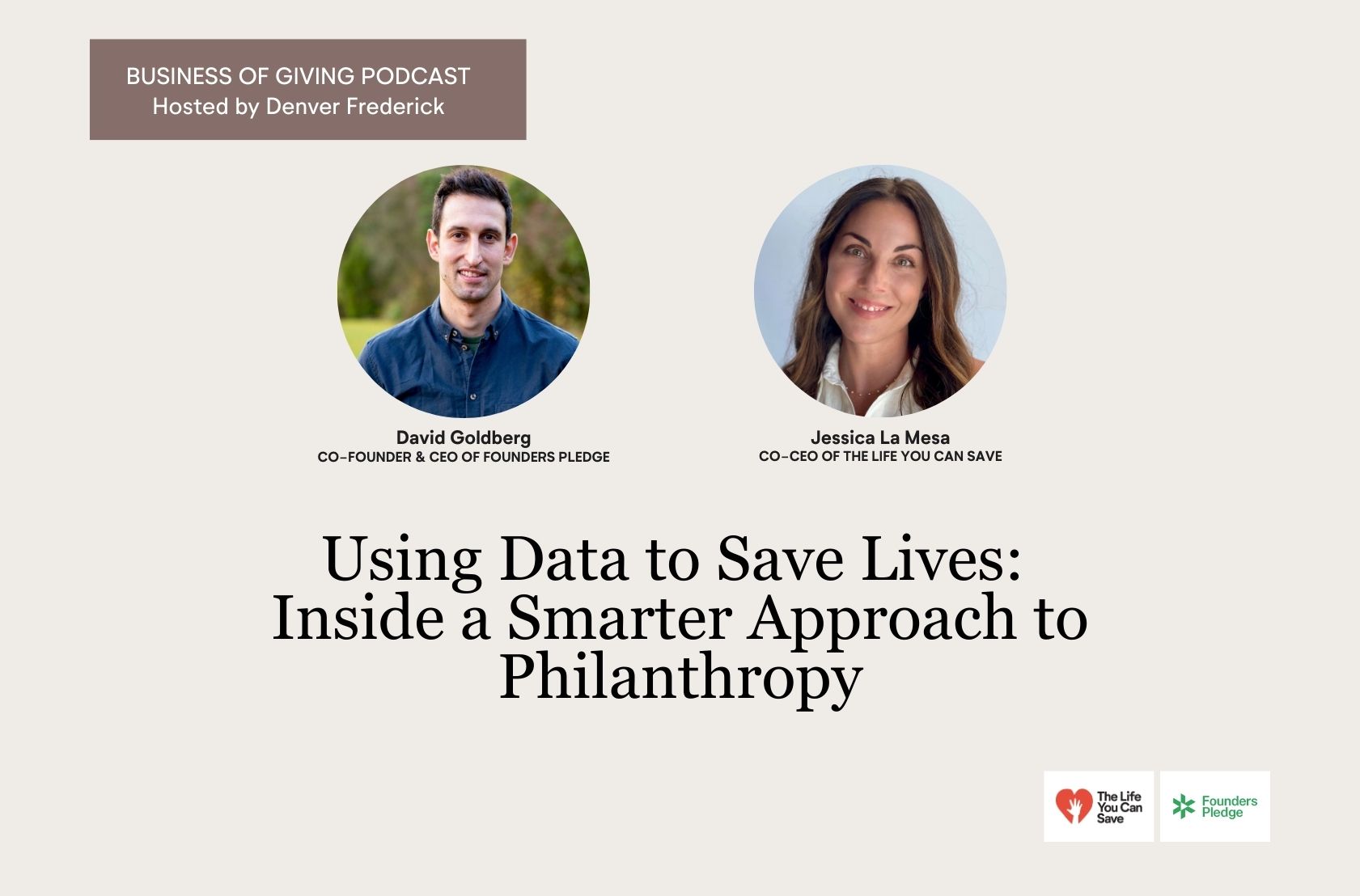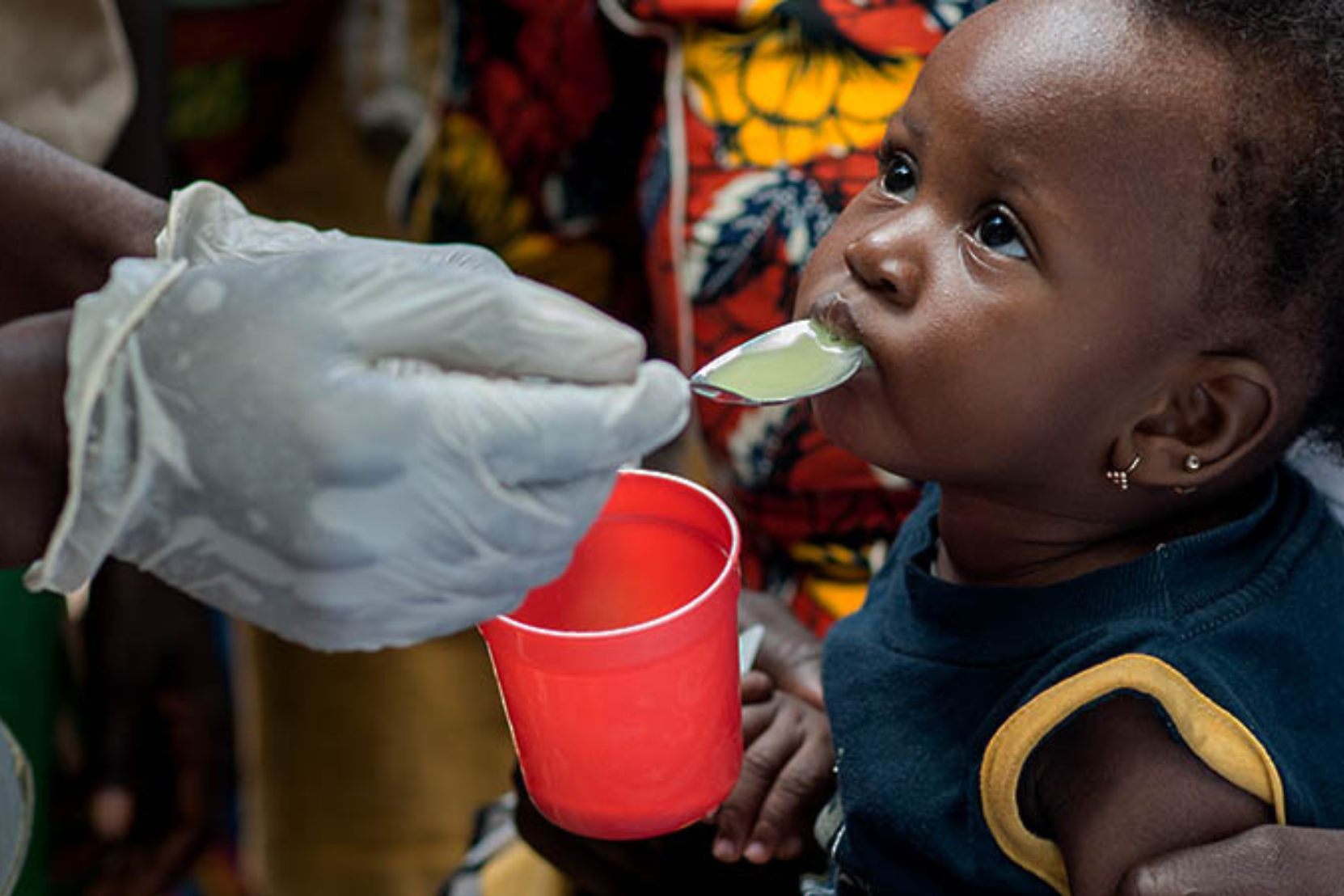The good that can be done for the cost of one very expensive painting
A few years ago, the J. Paul Getty Museum paid a sum said to have been in excess of US$65 million for the beautiful and historically significant painting Spring by Édouard Manet. In the new 10th Anniversary Edition of his book The Life You Can Save, our founder Peter Singer explores what that amount—$65 million—could have achieved had it been donated to effective charities instead, for instance saving 31,847 lives via Malaria Consortium.
For most of us, such comparisons serve as mind-blowing and thought-provoking ideas that we, unfortunately, will never be able to act on due to lack of access to that much money. For some wealthy individuals, however, the opportunity to single-handedly save 31,847 lives is very real.
To blow minds, and to hopefully inspire large-scale philanthropy we decided to have a closer look at the comparisons made in the new book between the cost of a very expensive painting and the impact of effective charities. It turns out that some of our recommended charities’ current funding gaps could easily be covered for the cost of a painting.
A Painting vs. Restoring Sight

$65 million could restore sight to about 1,300,000 people if donated to eye-health organizations such as Seva or The Fred Hollows Foundation. That’s a lot of people who—thanks to being able to see again—would regain their independence and the ability to work or to get an education.
But let’s take a moment to look at a more concrete example: the 2020 funding gap for The Fred Hollows Foundation’s Nepal program. Each year in Nepal an additional 60,000 people lose their sight due to cataracts, even though cataract surgery is straightforward and relatively affordable. Women and people living in rural areas are often unable to receive eye exams or treatment that could restore their vision.
In 2020, The Fred Hollows Foundation and their partners aim to provide eye exams for 118,000 people; subsidize the cost of 2,000 cataract surgeries for those who otherwise couldn’t afford it; train 800 health workers in remote villages to educate their communities, diagnose eye conditions, and refer people for treatment; and provide eye health equipment to 12 health clinics. The cost for all that? An estimated US$883,759.
A Painting vs. Providing Fistula Surgery
 Obstetric fistula is a devastating childbirth injury that destroys a woman’s life by leaving her incontinent, humiliated, and too often shunned by her community. It is caused by prolonged, obstructed labor—and the most vulnerable are young women in poor, rural areas with limited access to health services. Corrective surgery is the only cure.
Obstetric fistula is a devastating childbirth injury that destroys a woman’s life by leaving her incontinent, humiliated, and too often shunned by her community. It is caused by prolonged, obstructed labor—and the most vulnerable are young women in poor, rural areas with limited access to health services. Corrective surgery is the only cure.
At US$650-US$700 to repair a fistula, US$65 million could provide 93,000 women with cost-effective, restorative fistula surgery, giving them a chance to return to a normal, productive life.
In Madagascar, demand for fistula surgery is exploding. Word has spread throughout the country about Fistula Foundation’s high-quality partner hospitals and doctors—thanks in large part to the scores of healed women who have become fistula advocates in their communities.
In 2020, doctors aim to treat a record 1,200 women with fistula in Madagascar, and possibly more if funding allows. To achieve this goal, the Fistula Foundation will work with partners to expand community outreach into rural areas, train more fistula surgeons, and add an additional fistula hospital to their network of care. The estimated need in Madagascar during 2020 is US$663,140.
A Painting vs. Protecting People From Malaria
 The Centers for Disease Control and Prevention characterizes malaria as “one of the most severe public health problems worldwide.” Malaria killed more than 435,000 people in 2017.
The Centers for Disease Control and Prevention characterizes malaria as “one of the most severe public health problems worldwide.” Malaria killed more than 435,000 people in 2017.
But there are low-cost and life-saving interventions available.
One of the most well-known and effective interventions is insecticide-treated mosquito nets, which cost only US$2 per net via Against Malaria Foundation (AMF). AMF works to prevent the spread of malaria by responsibly distributing nets to susceptible populations in developing countries and based on current estimates, $65 million could save between 13,000 to 21,000 lives when invested in AMF’s program. As of November 2019, AMF had a total funding gap of $53 million across five priority countries.
Seasonal Malaria Chemoprevention is another extremely cost-effective and evidence-backed malaria intervention, protecting children under five years of age from the deadly and debilitating disease. At $2,041 per life (GiveWell’s estimated median cost per death averted by Malaria Consortium’s seasonal malaria chemoprevention program 21), $65 million could save the lives of 31,847 children.
In The Life You Can Save, Singer concludes the passage about the $65 million painting with a powerful question: “How can a painting, no matter how beautiful and historically significant, compare with that? If the museum were on fire, would anyone think it right to save the Manet from the flames, rather than a child? And that’s just one child….”
You can learn more about our charities’ large-scale funding gaps and projects—and how your support in filling them can help save many lives for far less than the cost of a painting— here



